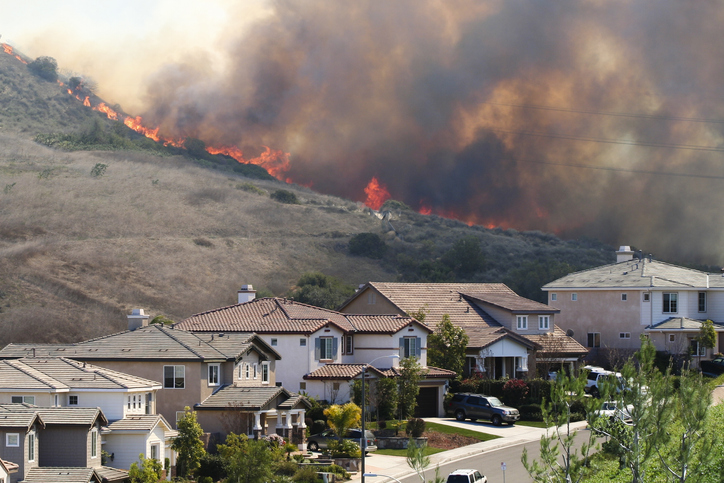

Does Your HOA Have a Wildfire Risk Mitigation Plan?
 Wildfires can ignite anywhere, even beyond areas with drier climates. As a homeowner, understanding your risk is important. Wildfires can ignite anywhere, even beyond areas with drier climates. As a homeowner, understanding your risk is important.Wildfire has become a topic of concern in homeowner community associations, a trend recently explored in the article “Where There’s Smoke” by the Community Associations Institute (CAI). In the article, CAI notes that wildflires recently impacted over 10 million acres in a single year. What’s more, the article states over 3,000 homes in the wildland-urban interface—zones adjacent to unoccupied land and therefore at risk for wildfire—have been destroyed each year since 2000. Several factors are fanning the flames, including climate change and development. To stave off the threat, community associations are leveraging risk mitigation programs. Your association may be following guidelines set forth by the National Fire Protection Association’s (NFPA) Firewise Communities program, which reduces undergrowth and tinder—fuel sources for wildfire—in residential developments. According to the article, mitigation steps may include: • Clearing storm debris; • Inhibiting landscape overgrowth; and • Maintaining a fire break between residences and “native areas.” Association policies, such as requiring water hoses or prohibiting charcoal grills, may also be imposed to reduce risk. Obtaining sufficient insurance coverage—in addition to adhering to association policies—is crucial. The CAI article recommends you keep a digital inventory of your belongings in order to expedite the claims process should wildfire damage or destruction occur. Seek out your association representative to learn more about your community’s wildfire risk mitigation plan. Discuss evacuation procedures and any other measures that may be enacted in the event of a wildfire. Source: Community Associations Institute (CAI) |
Today's Top Stories |
